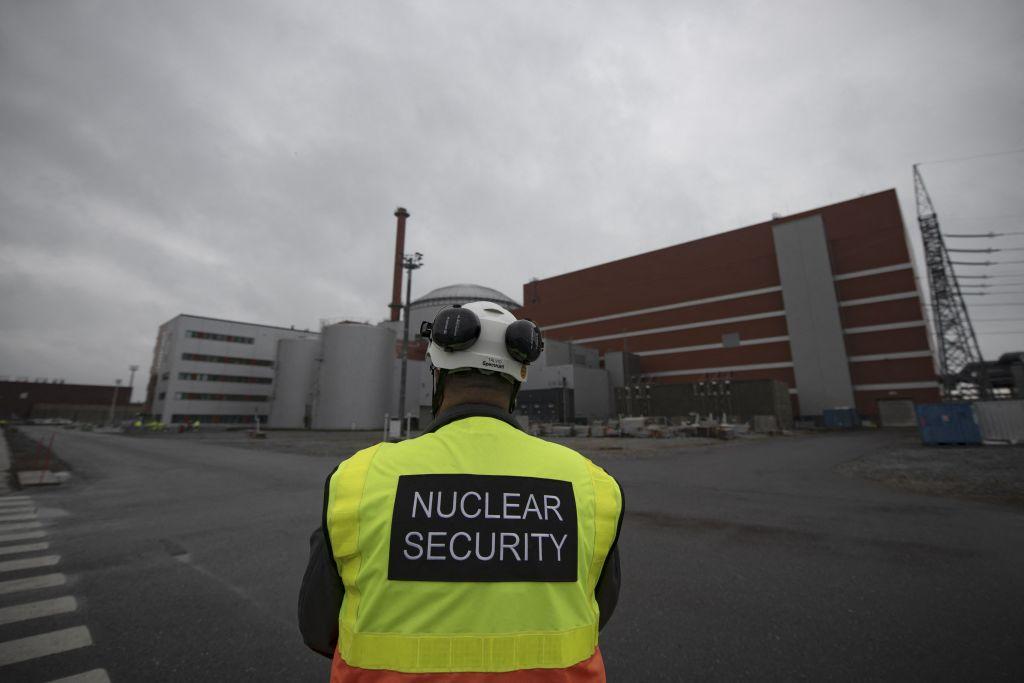Finland is leading the way in cheaper energy prices for its citizens.
In April this year, Finland’s Olkiluoto 3 nuclear reactor started regular output and should meet around 14 percent of Finland’s electricity demand.

Finland is leading the way in cheaper energy prices for its citizens.